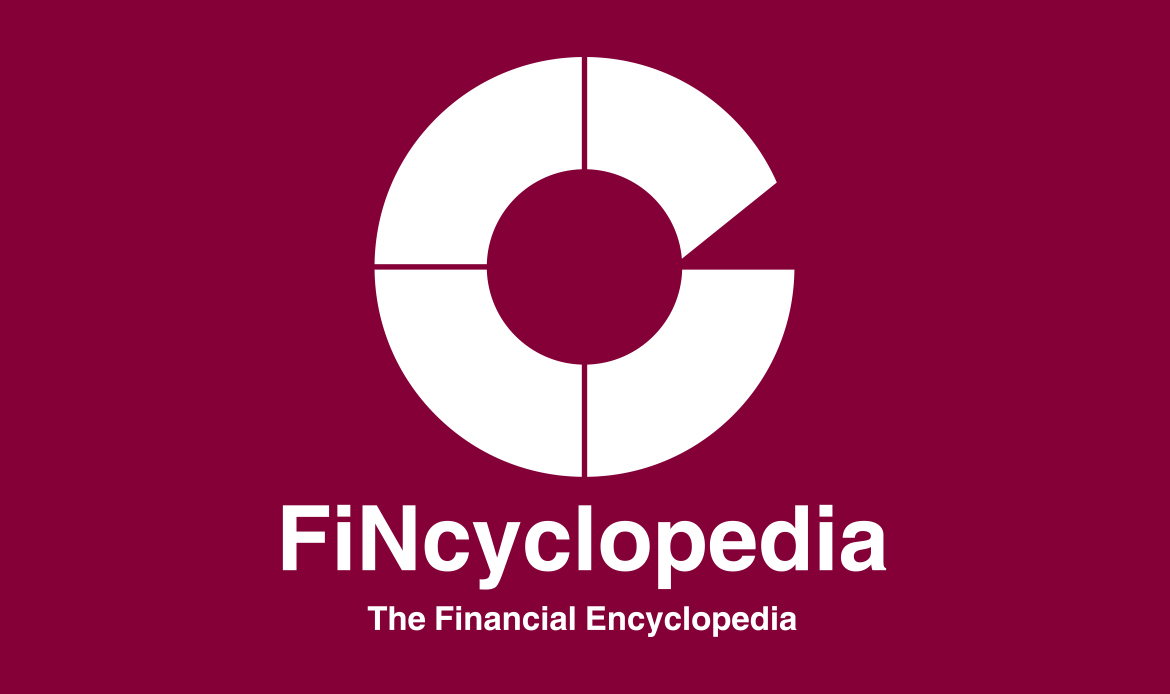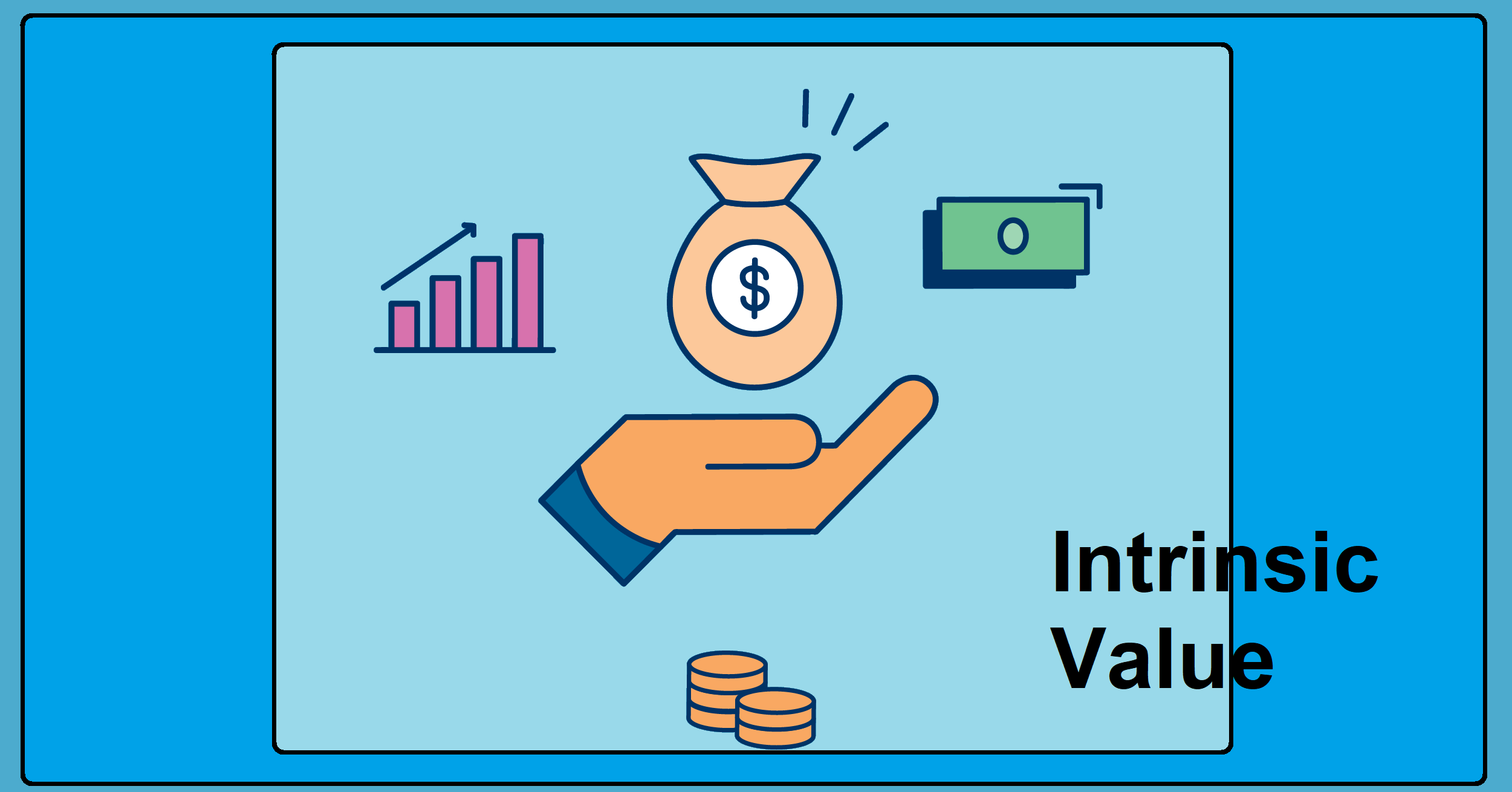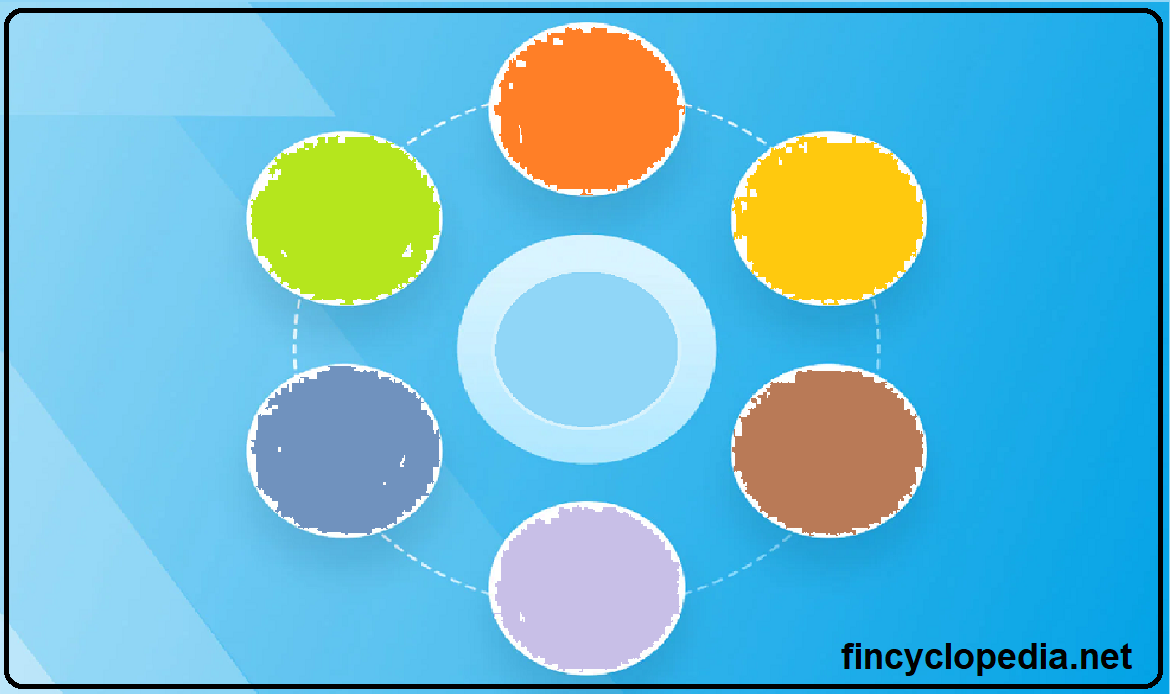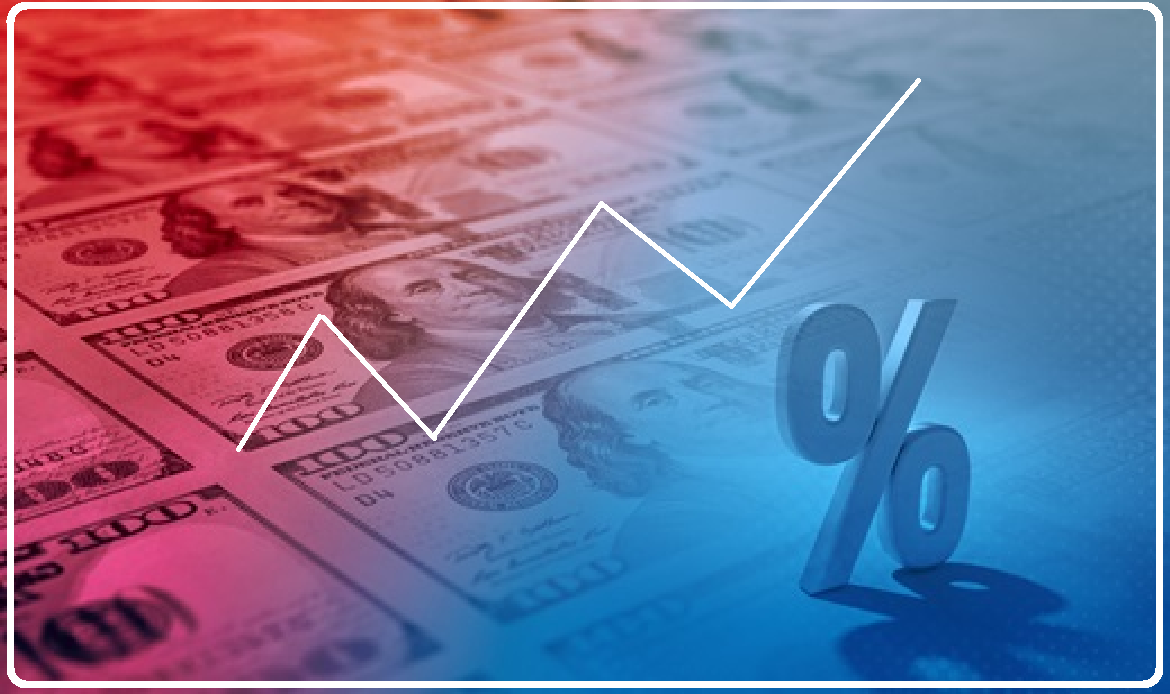The stated price (flat price) of a bond in a quote sheet plus accrued interest. In other words, it represents the present value of all future cash flows associated with the bond in addition to interest accrued on its next coupon:
Invoice price = flat price + accrued interest
Where:
Accrued interest = coupon × (days since last coupon/ days in current coupon period)
Accrued interest fluctuates sharply over coupon periods. Its is zero immediately after coupon has been paid, rises linearly and reaches its highest at the next coupon date and then falls back to zero after payment.
For example, if the flat price of a bond is quoted at $96, the coupon rate is 7%, and coupon is paid annually. The bond was bought on April 15, and the next coupon payment will be on July 1 in the same year. The invoice price of the bond can be calculated by first figuring out accrued interest:
Using the 30/360 daycount convention, the accrued interest factor is:
Factor = [(next coupon month – month of purchase) × 30 + (1- day of purchase)]/ 360
Factor = [(7-4) × 30 + (1-15)]/ 360 = 76/ 360
Accrued interest = face value × factor × interest rate = 100 × (76/ 360) × 0.07 = 1.47
Invoice price of the bond = 96 + 1.47 = 97.47
The invoice price is also known as a dirty price.






